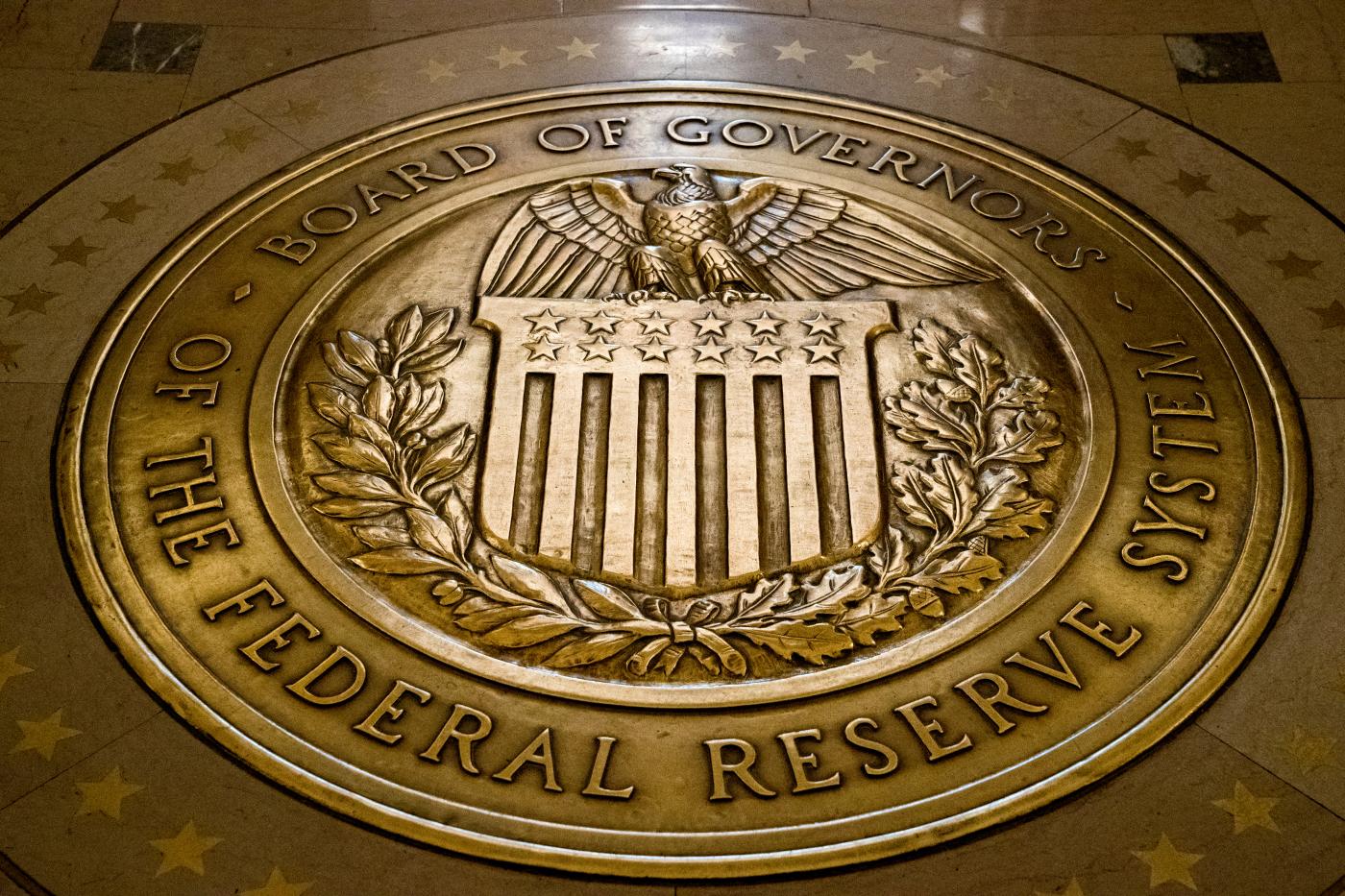In a recent statement, Federal Reserve Vice Chair of Supervision, Michael Barr, unveiled the central bank’s exploration of a novel approach called “reverse stress testing.” This innovative method has the potential to bolster the resilience of financial institutions. Barr’s announcement comes in the wake of the banking industry’s renewed focus on reforming bank culture following the failure of Silicon Valley Bank earlier this year.
Setting the Stage: Powell’s Testimony and Market Expectations
Barr’s comments emerged just a day prior to Federal Reserve Chair, Jay Powell’s testimony before Congress. Powell is scheduled to present the central bank’s semiannual monetary policy report. While investors eagerly anticipate insights into the Federal Reserve’s future interest rate decisions after its recent pause in the rate-hiking campaign, lawmakers are expected to concentrate their attention on the repercussions of Silicon Valley Bank’s collapse and the broader implications for other financial institutions.
Rethinking Stress Testing: A Shift in Perspective
Traditionally, stress testing involves envisioning and assessing the impact of challenging scenarios on a firm’s balance sheet. However, Barr proposes a paradigm shift with “reverse stress testing.” He explained this approach during a conference held at the New York Federal Reserve, where he addressed the urgent need for reforming banking culture.
Instead of predicting the consequences of a hypothetical stressful situation on a bank’s balance sheet, Barr suggests focusing on the breaking point of the institution itself. By exploring the question, “What would it take to break this institution?” supervisors can gain valuable insights into potential vulnerabilities. This proactive stance allows regulators to identify exogenous factors that could go wrong, rather than solely relying on past patterns that regulators are typically trained to detect.
Recognizing Unprecedented Patterns: Enhancing Supervisor Understanding
Barr emphasized the importance of acknowledging patterns that have not been observed before. He highlighted the regulators’ surprise at the astonishingly rapid decline of Silicon Valley Bank, which experienced an 85% loss of its deposits within a mere two days. This event deviated from previous occurrences, which typically spanned ten days or longer.
“The unprecedented nature of this situation caught people off guard,” Barr stated, emphasizing the significance of preparedness for unforeseen circumstances. He emphasized the necessity of supervisors putting more effort into identifying emerging patterns that have not been encountered previously, as it enables them to gain a better understanding of potential risks.

Addressing Previous Supervisory Findings
In late 2021, supervisors uncovered several deficiencies in Silicon Valley Bank‘s liquidity risk management. Consequently, they issued six supervisory findings related to the bank’s liquidity stress testing, contingency funding, and liquidity risk management. As 2022 progressed, three additional findings were issued, highlighting ineffective board oversight, weaknesses in risk management, and shortcomings in the bank’s internal audit function. By November 2022, supervisors issued a supervisory finding specifically addressing interest rate risk management. In mid-February 2023, just weeks before the bank’s collapse, Federal Reserve staff highlighted SVB’s interest rate and liquidity risk and affirmed their active engagement with the bank.
Identifying Failures: A Comprehensive Assessment
In a report published in late April, Barr attributed the failure of Silicon Valley Bank to a textbook case of mismanagement. He pointed out that senior leadership neglected to address fundamental issues pertaining to interest rate and liquidity risk. Moreover, the board of directors failed to exercise proper oversight and hold senior management accountable. Lastly, Barr acknowledged the Federal Reserve’s shortcomings, emphasizing that supervisors did not take sufficiently decisive action, as outlined in the report.
As the Federal Reserve delves into “reverse stress testing” and explores avenues to reform bank culture, it aims to equip supervisors with enhanced tools to identify potential vulnerabilities in financial institutions. By adopting this innovative approach, the central bank aims to proactively address risks and ensure the resilience of the banking sector in the face of future challenges.




